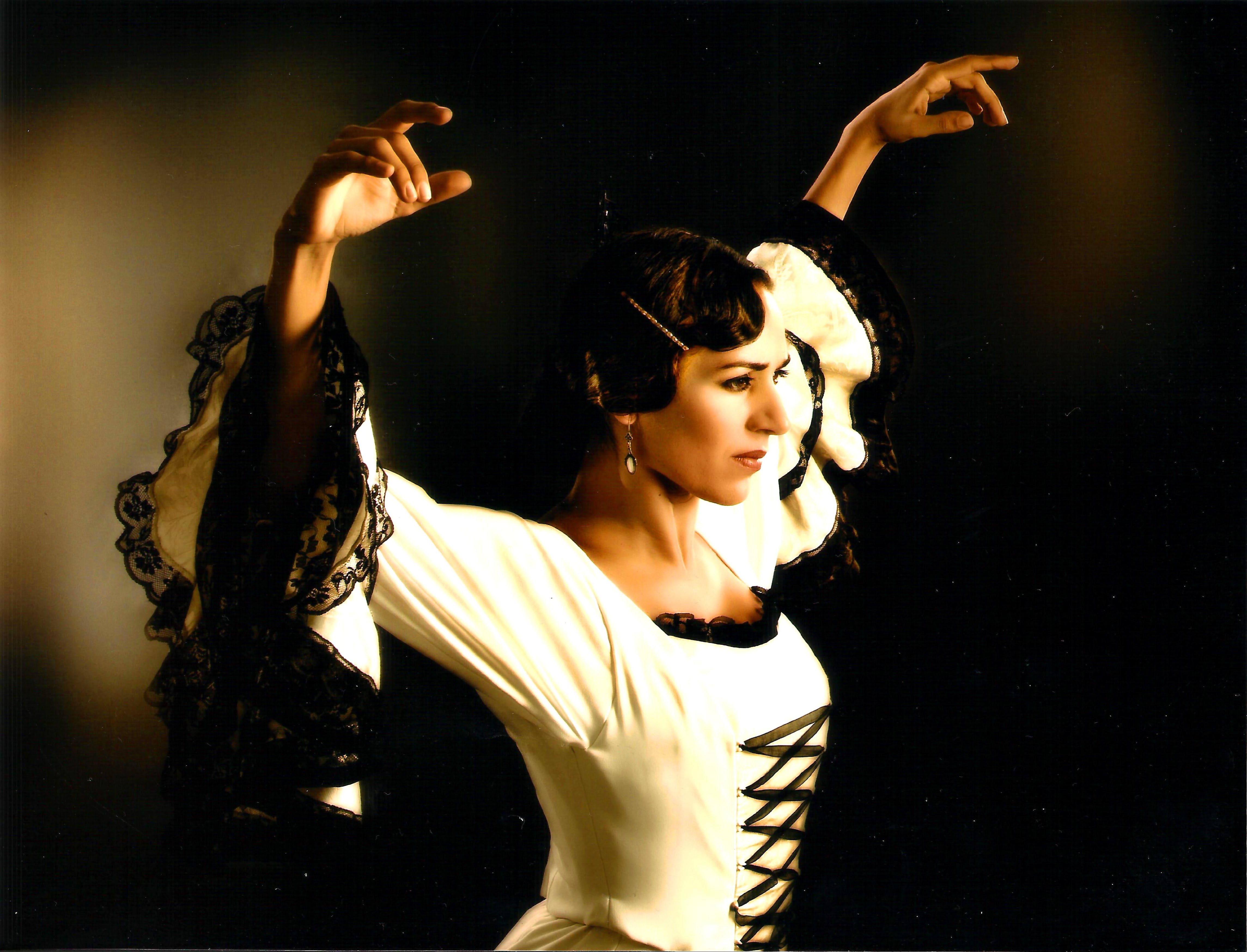CHICAGO — Through March 25, Instituto Cervantes’ Chicago Flamenco Festival showcases the breadth and depth of Flamenco. The five-week fest includes music and dance performances at a gaggle of venues around the city, with the kick-off event taking place last week at a chic west loop spot, City Winery. Opening night shined a lens on an over-arching theme of this year’s festival: the multi-cultural roots of Flamenco.
Tuesday’s program featured musical group Surabhi telling the story of “The Andalusian Trail,” a series of migrations in which people from India, Africa, and Syria immigrated to Spain’s Iberian peninsula. The rich mix of cultures and religions which, at least until the Spanish Inquisition, co-existed in the region called Andalusia led to the birth of a form of music and dance which, today, is viewed as an idiographic representation of Spanish culture: Flamenco. The music on tap at City Winery that night explored the cultural tentacles of Flamenco, with sounds and rhythms originating from Arabic, African, Jewish, and Indian traditions; the evening also highlighted similarities between middle eastern dance forms — Gypsy dancing, Flamenco footwork, and North Indian Rajasthani dance — by giving two women a tiny scrap of stage just above the music venue’s front row of chairs.

The stories, songs, and dances on stage at City Winery reached far into a history that I literally knew nothing about, and that was a lot to take in on a school night. On the other hand, the performers of Surabhi did an excellent job taking on a potentially weighty topic that provides insight reaching far beyond music and dance, and keeping it mostly to toe-tapping merriment. It’s worth a reminder, especially now, that every culture is a combination of other cultures, and the wine, fried risotto balls,* and pleasant company didn’t hurt, either.
Events further highlighting the multi-cultural roots of Flamenco are scattered among a long list of offerings in the Chicago Flamenco Festival. Among those, Tamar Ilana & Ventanas, a Toronto-based group fusing music and dance traditions from North Africa, the Balkans, Turkey and Spain performs March 1 at the Old Town School of Folk Music (4544 N. Lincoln. Ave.) and musician Alfonso Aroca presents works from Orilla Del Mundo March 10 at Instituto Cervantes (31 W. Ohio St.), an album further exploring the early Andalusian influences of Flamenco. Look for appearances from Chicago-based Flamenco artists such as Chiara Mangiameli and Clinard Dance, and a full listing of festival events on Instituto Cervantes’ website.
* Side note: If ever at City Winery, get the fried risotto balls. You won’t regret it.
